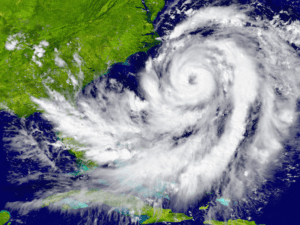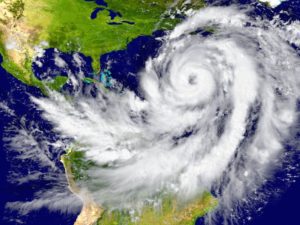This audio was created using Microsoft Azure Speech Services
Commercial and industrial businesses are increasingly taking advantage of Industrial Internet of Things (IIoT) technology to optimize processes, cut costs, look for opportunities and more. As they do so, they become ever-more dependent on having a reliable supply of electrical power, and therefore power protection in the form of an industrial UPS.
It’s hard to overstate how quickly IoT technology is infiltrating businesses. PwC predicts business investment in IoT solutions will grow from $215B in 2015 to $832B in 2020, far outpacing consumer-driven spending ($72B to $236B in the same period). The technology drives applications ranging from artificial intelligence, augmented reality and video analytics, helping to drive digital transformations across industries.
But IoT solutions only drive value if they’re up and running. The data they produce is so valuable that companies need to take steps to ensure no data is lost in the event of a power outage. Similarly, any electrical-powered equipment you use to run your business every day must be protected from abrupt outages that can cause damage or raise safety concerns.
It’s a timely topic now that hurricane and typhoon season is upon us, as such storms present an obvious threat to reliable power. But they are far from the only threats – more on that in a minute.

Storm predictions for Atlantic and Pacific
The good news, if you can call it that, is that the U.S. National Oceanic and Atmospheric Administration (NOAA) says the 2019 Atlantic hurricane season will be “near-normal.”
“For 2019, NOAA predicts a likely range of 9 to 15 named storms (winds of 39 mph or higher), of which 4 to 8 could become hurricanes (winds of 74 mph or higher), including 2 to 4 major hurricanes (category 3, 4 or 5; with winds of 111 mph or higher). NOAA provides these ranges with a 70% confidence. An average hurricane season produces 12 named storms, of which 6 become hurricanes, including 3 major hurricanes,” according to a May 23, 2019 post on the NOAA website.
Given a single hurricane can cause tremendous damage and widespread outages (Hurricane Harvey comes to mind), the likelihood of “only” 4 to 8 hurricanes is small comfort.
The outlook for the Pacific is not as favorable, with NOAA saying there’s a 70% chance for an above-normal 2019 tropical cyclone season in the Central Pacific, and just a 10% chance of a below-normal season. “For the season as a whole, 5 to 8 tropical cyclones are predicted for the Central Pacific Hurricane basin. This number includes tropical depressions, named storms and hurricanes,” NOAA says.
In the Pacific Northwest, typhoon season got off to an early, record-breaking start, with Super Typhoon Wutip reaching sustained winds of 160 mph on Feb. 25, 2019 about 300 miles west of Guam. It was the first Category 5 storm ever observed in the Northern Hemisphere in the month of February, according to Weather Underground.
Fire prevention includes planned power outages
Beyond storms, residents and companies in California now have to contend with planned power outages as the state tries to prevent further devastating wildfires. High winds causing sparks from power lines were blamed for the fire in the city of Paradise, Calif. that killed 85 people last year.
California communities including San Diego have been proactively shutting off power since as far back as 2007 to avoid fires. But now the practice promises to become far more widespread, as the California Public Utilities Commission recently gave the go-ahead for utilities to cut power to potentially hundreds of thousands of customers to avoid wildfires, NBC News reports.
Industrial UPS: Power protection is a must
Hopefully you get the point: commercial and industrial companies face myriad threats to the power that drives IoT systems and everyday operations. In order to protect against potentially catastrophic losses, whether from lost data or machines abruptly shutting down, you need industrial UPSs.
Industrial UPSs come in many different sizes and varieties, depending on the application for which it’s intended. Our Secure Power Industrial Selector tool will help you quickly find the UPS models that will work best given the parameters of what you need to protect, in terms of wattage, required run time and more. Try it for yourself but don’t delay– you never know when the next threat to electrical power will come along.



